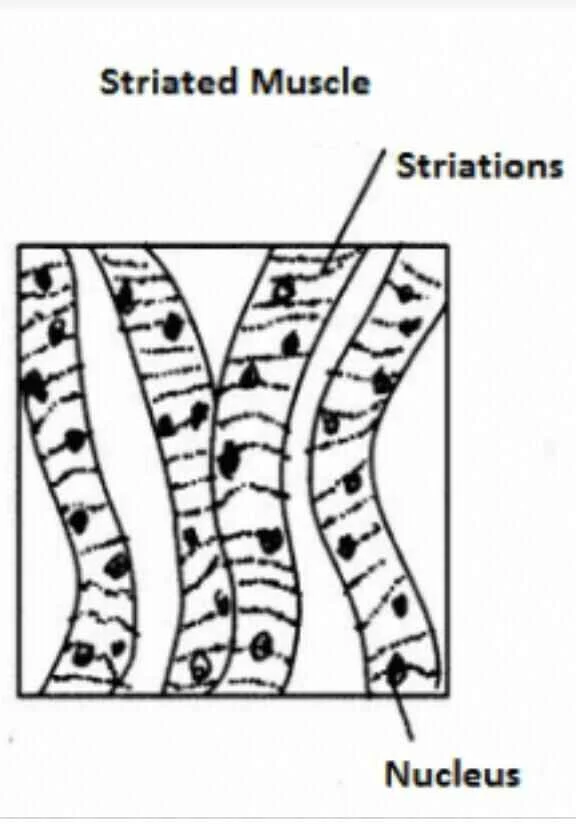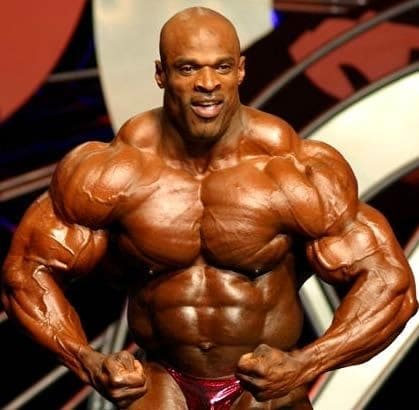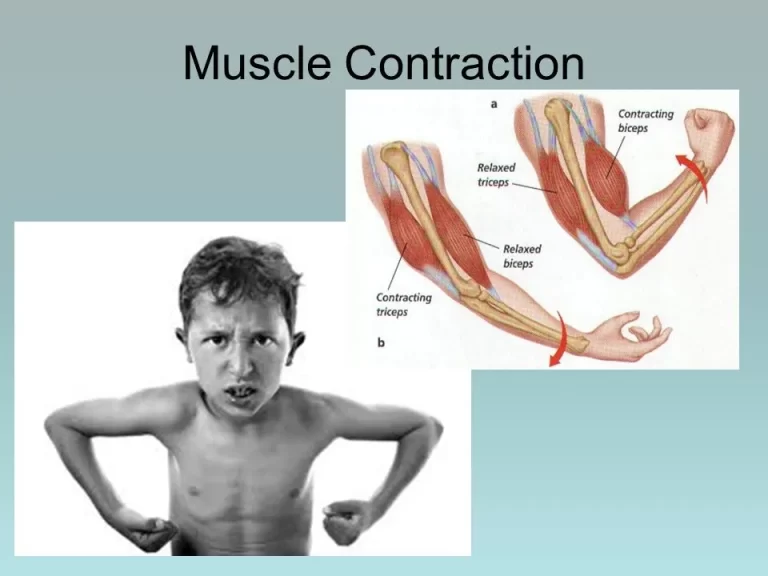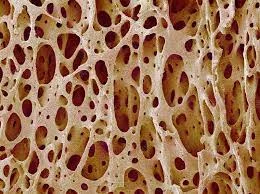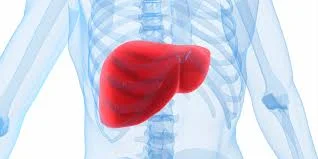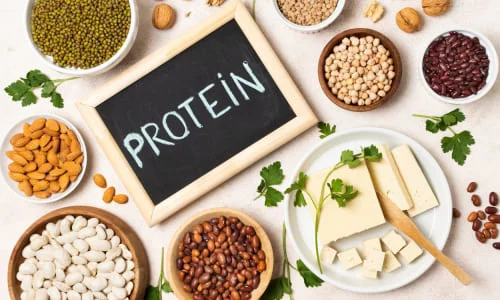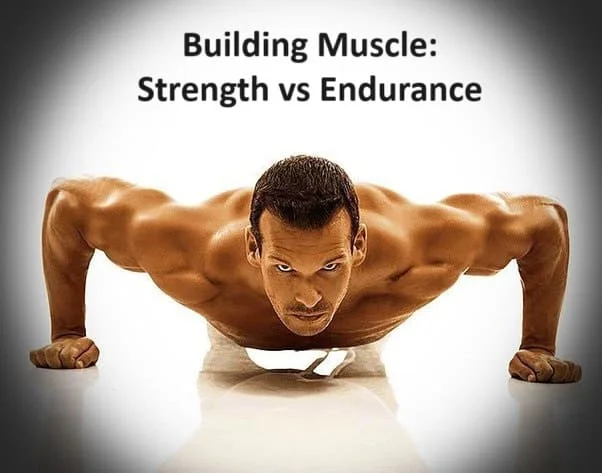Striated Muscle Tissue
What is Striated Muscle Tissue? Sarcomeres, which are recurring functional units seen in muscle tissue, are characteristics of striated muscle tissue. The striated appearance seen in microscopic photographs of this tissue is caused by the presence of sarcomeres, which appear as a series of bands seen along the muscular fibers. Two varieties of striated muscle…

